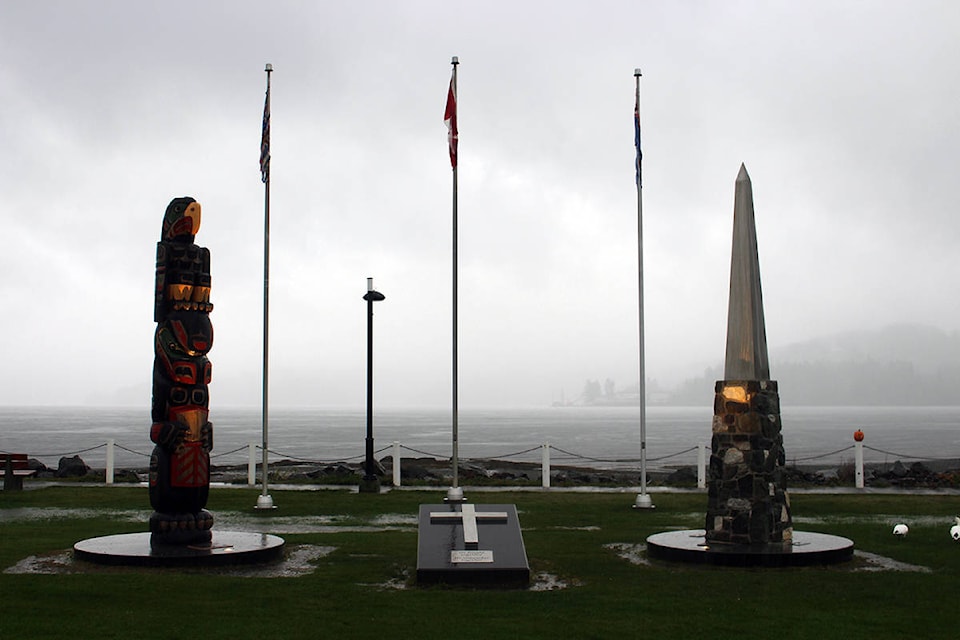This Nov. 11 marks the 100th anniversary of the end of the First World War. I was adopted into a family with a rich history of those who have served our country, so I have dedicated this week’s article to local members, veterans or not, of the Canadian Armed Forces.
In 1994, National Aboriginal Veterans Day, every Nov. 8, was officially inaugurated to recognize those Indigenous Canadian armed forces, too. The memorial day acknowledges those Aboriginals who served during WWI, WWII, and the Korean War.
Surprisingly, according to Indigenous and Northern Affairs Canada’s (INAC) online post, about one-third of First Nations between the ages of 18 to 45 enlisted in WWI from a national status-registered Indigenous population of roughly 100,000. Nearly 50 Indigenous people were awarded for bravery and heroism during the major theatres or battles.
INAC reports that around 300 status Indigenous persons died during WWI, but the tragedy didn’t stop there. These soldiers, who finished their duty and travelled back home were met with many new issues.
Many status Indigenous people died shortly after returning, contracting pneumonia or tuberculosis due to weakened immune systems from the mustard gas used in the trenches. These veterans, unfortunately, died from these diseases, and sometimes even spread it within their own communities because of service to their country.
The contribution didn’t go unnoticed by the government, however. Many soldiers received commendations, but sadly, many did not get the same veteran benefits as others did.
According to older records from the Department of Indian Affairs, some 50 decorations were awarded to Indigenous soldiers for their sniping and scouting capabilities, which is just one example of how this largely excluded group at the time proved useful in the First World War.
Today, according to the Canadian Armed Forces’ May 19, 2016 post, the army has 2.7 per cent of its enlisted members who self-identify as Aboriginal, the Royal Canadian Navy has 2.3 per cent, and the Royal Canadian Air Force hovers at 2.2 per cent.
In total, there are a little over 2,000 Aboriginal Canadian Armed Forces members today, which makes up around 2.5 per cent of the regular and reserve forces.
This is certainly not to take away from other Canadian veterans but to acknowledge those who may not always get acknowledged outright.
While the solemn memorial day is mostly observed for those who have passed on during WWI and WWII, the memorial day also extends much further than that. This sacrosanct day will always stick to its timeless ways of honouring our Canadian soldiers.
